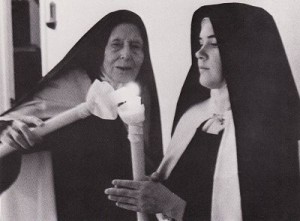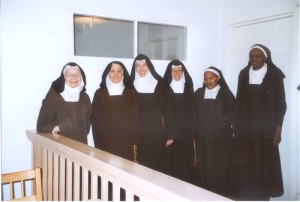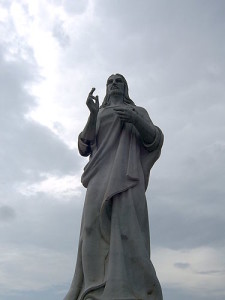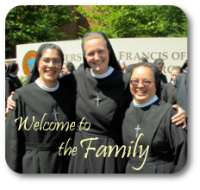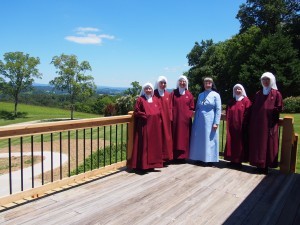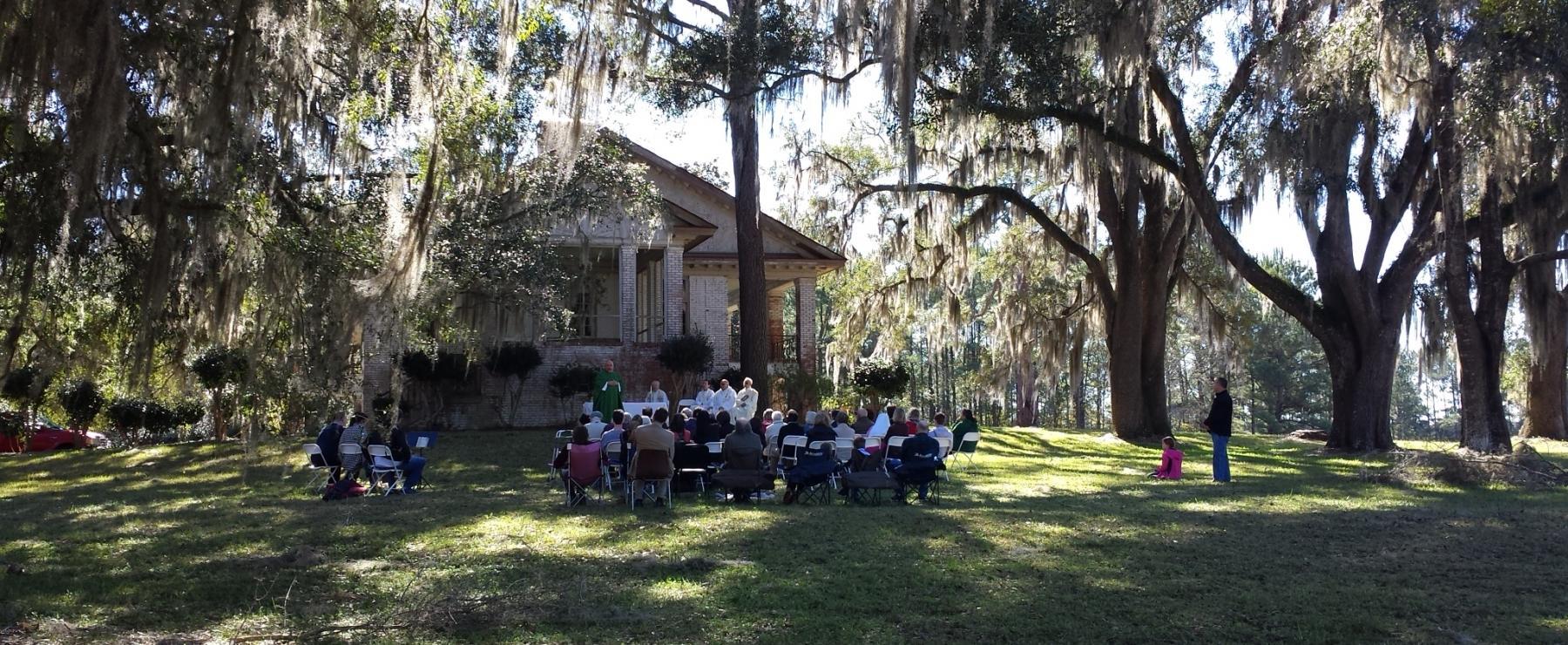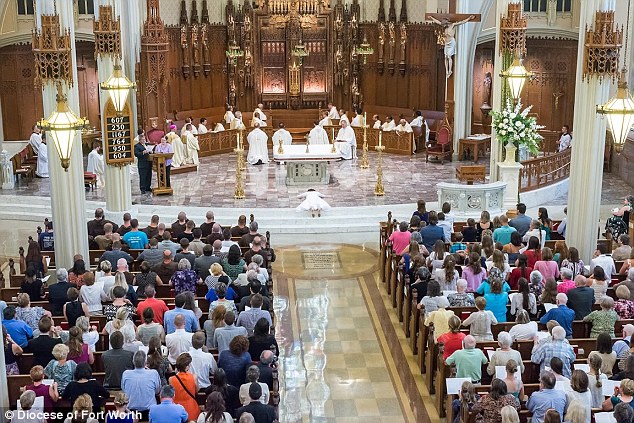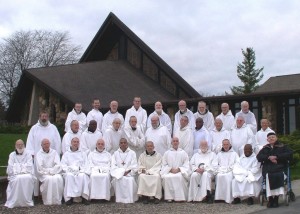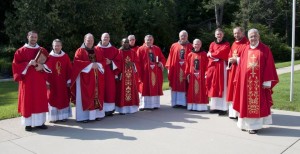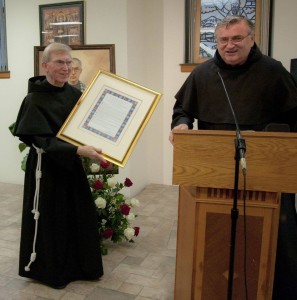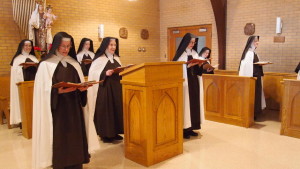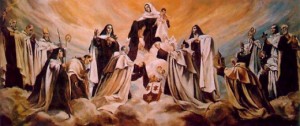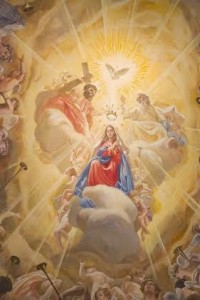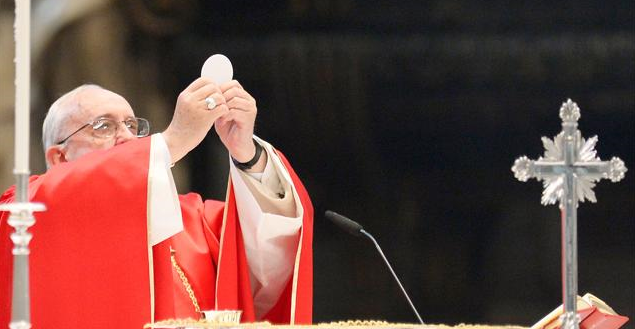 One group of cloistered Poor Clare sisters are aiding in the preparation for Pope Francis’ visit in a vital way. The thirteen Poor Clare sisters of Langhorne, Pennsylvania have been asked to bake 100,000 hosts to be consecrated by Pope Francis at the Papal Mass in Philadelphia.
One group of cloistered Poor Clare sisters are aiding in the preparation for Pope Francis’ visit in a vital way. The thirteen Poor Clare sisters of Langhorne, Pennsylvania have been asked to bake 100,000 hosts to be consecrated by Pope Francis at the Papal Mass in Philadelphia.
The Poor Clares of the Franciscan Monastery of Saint Clare make roughly 150,000 hosts each month, however, they recently have had to increase production after receiving an order for the Papal Mass. The process of baking the hosts takes over two days to from start to finish and involves several stoves which they have named Raphael, Maddalena, Vincent & Benny. The Sisters provide hosts to be used at communion for Churches throughout the United States and Canada, however, they make little profit off of the sale of the hosts and rely mainly on donations.
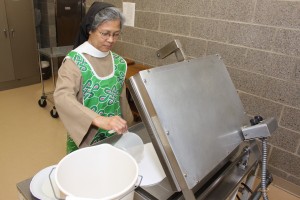 The Poor Clares have been tasked with providing hosts for one of the largest Masses celebrated in the United States throughout history with 1-2 million people expected to be in attendance. They will be providing 20% of the total number of hosts which Pope Francis will consecrate at the Mass. The Mass will be particularly special for the Poor Clares as they have received permission from Archbishop Chaput’s office to attend. This will be a historic day for the sisters as they lead a cloistered life rarely leaving their monastery.
The Poor Clares have been tasked with providing hosts for one of the largest Masses celebrated in the United States throughout history with 1-2 million people expected to be in attendance. They will be providing 20% of the total number of hosts which Pope Francis will consecrate at the Mass. The Mass will be particularly special for the Poor Clares as they have received permission from Archbishop Chaput’s office to attend. This will be a historic day for the sisters as they lead a cloistered life rarely leaving their monastery.
The Poor Clares of Langhorne view their apostolate of baking hosts as similar to how they lead their entire lives. Sister Anne says, “it’s a very humble way to participate, which is part of our lives, to sort of be hidden.”
